#144 Whole foods or generic multivitamins?
The answer is simple
When the average person thinks of a vitamin they picture a supplement bottle in their heads. Why is this the case?
Shouldn’t the reflex be to think about whole foods? A filet of wild salmon. A glorious ribeye with marbling that looks like a painting. A glass of full fat (real) milk. A dozen oysters. It’s honestly incredible how blessed we are to live in a world full of nourishment.
Yet, we’ve been conditioned to think of vitamins, minerals and even antibiotics as pharmaceutical products first and real food second. It’s a true shame.
Caveat. We’re not saying that all supplements are bad. That’s far from the truth. Supplements definitely play a role in today’s world, especially one where the quality of our soil has been vastly eroded.
BUT that does not mean you ignore all the nutrition food provides. Supplements are there to supplement. The basis of a great diet is real, nutritious whole foods and that’s never going out of style.
Take liver for example. Everyone likes giving the titles “superfood” and “nature’s multivitamin” to anything these days, but liver really deserves and goes beyond those two claims.
Think about it… what is a multivitamin? It’s meant to be this pill that gives you a baseline coverage of most essential nutrients.
The idea is amazing but in reality a lot of generic multivitamins are just loaded with nutrients in questionable dosages that include things you don’t want, or just don’t need in your system. You’re at the mercy of suppliers who are incentivized to insert as much junk and filler as possible.
Why go through all that effort to source for a multivitamin that suits you instead of just procuring some liver?
Liver is one of the most nutrient-dense foods in the world and it’s definitely more bioavailable than any supplement on the market. Just 100g of beef liver provides:
Over 1,000% of RDA for Vitamin A (retinol, not beta-carotene)
Roughly 2,000% of RDA for Vitamin B12
Rich in Folate, Riboflavin (B2), and Niacin (B3)
High in bioavailable Iron (heme iron, way better for you than the iron shavings they add to fortified grain)
Rich in Copper, Zinc, Selenium, and Phosphorus
A rare source of CoQ10 (important for heart and mitochondrial energy)
With whole foods, you don’t have to worry as much as taking things in the wrong dosages. Sure, you don’t want a scenario where you eat too much beef liver and end up having more copper than zinc, but in general, as long as you’re respecting portion size you’ll find that nature never makes mistakes.
Nutrients almost always occur naturally alongside each other in the right ratios working synergistically to nourish you from the inside out. It’s not the same with generic multivitamins. You can easily find yourself ingesting copper without any bioavailable iron. Calcium without the necessary K2. Not ideal.
And this doesn’t stop at vitamins. It’s quite incredible how some foods exhibit natural antibiotic properties.
The greatest one from this list is black seed oil, which I’ve been regularly taking for years now both as natural medicine when I’m feeling ill and as a general prophylaxis (to increase the robustness of my immune system). It’s a seed oil that’s the exception to the rule. Read here to learn more:
Garlic honey is something you could start making now so that it’ll be ready by winter. It basically supercharges the natural powers of garlic and honey into one beautiful solution. Learn more about how to make here:
Thinking about showers
The yearn for analog
In a world with more screens than ever, it's nice to appreciate tangible things in your hand
Beautiful copper
You can tell a lot about a society by their water dispensers
A world of bountiful fruit
❋ MINI CHOCOLATE CROISSANT SOURDOUGH LOAVES
These Mini Chocolate Croissant Sourdough Loaves are the perfect fusion of flaky pastry and soft sourdough bread. They're golden and crisp on the outside, soft and fluffy on the inside, and studded with pockets of melty chocolate chips. Made using grated butter and chocolate folded into the dough during stretch and folds, they create beautiful croissant-like layers. The base is my 1-hour autolyse sourdough recipe, which gives the loaves an incredibly soft texture. They’re perfect served warm with a pat of butter or a drizzle of honey.
❋ WHAT WOMEN’S TENNIS LOOKED LIKE THROUGH HISTORY
Today, tennis is a major international sport and a multi-billion dollar industry — and it's also one of the few sports in which the earning potential of male and female athletes is totally equal. But things weren't always like that. Tennis has a long and winding history, and while today it's a sport of grand stadiums, flashy sponsors, sleek equipment and televised matches, it didn't always look that way.
Despite the fact that today we think of tennis as involving a lot of specialized, modern equipment, tennis has actually been around for ages. In fact, the earliest forms of tennis were played on monastery courtyards in France, with players using their hands instead of racquets. It evolved into a form of tennis called real tennis (yes, "real tennis"), which is still played today. It played an important role in the courts of medieval Europe — and, in fact, led directly or indirectly to the death of at least three kings: James I of Scotland, and Louis X and Charles VIII of France. Sort of puts today's tennis injuries in perspective, doesn't it?
Tennis as we know it today began in the mid-19th century in Britain, and was referred to at the time as "lawn tennis." It was also popular with women from the very beginning. So what did women's tennis look like through the ages? Well, here's a peek.
For the Hot Chocolate: Add the milk and heavy cream to a small saucepan and heat over medium until simmering, but do not boil. Turn off the heat and add the remaining ingredients plus a pinch of sea salt. Stir to incorporate until the chocolate is completely melted. Return the pot to low heat if needed to melt the chocolate. Taste and adjust with additional sugar and or salt as needed. Serve hot. Top with Marshmallow Meringue, or sub with store bought marshmallows. Optional: torch the meringue/marshmallows until golden brown. For the Meringue: In the bowl of a stand mixer fitted with the whisk attachment, combine the egg whites, salt, and cream of tartar. Whip until foamy, then pause the mixer until the sugar is ready. In a medium saucepan, combine the sugar and 1/3 cup of water. Bring to a gentle boil, stirring constantly, until the sugar syrup reaches 250°F. Right before the sugar is done cooking, restart the mixer and beat the eggs on high. Carefully stream the sugar syrup into the mixer, pouring along the side of the bowl. Once all of the sugar has been added, continue whipping until you achieve medium to soft peaks, 5 to 7 minutes. Once you’ve achieved your desired consistency, fold in the vanilla bean paste. Use immediately, or store in the fridge in an airtight container for 2-3 days.
❋ Read our latest WARKITCHEN magazines:
❋ You asked, so we had to deliver. Prints are finally here! "Fundamentals" presents twelve prints, each sized 8.5" x 11", printed on 350gsm art paper with a protective matte finish. The prints are bundled and wrapped with soft 22g tissue paper - sealed gently with a cute watermelon sticker (as everything should be). Get your prints (that come in a bespoke WARKITCHEN linen gift box) here.
❋ If you’d like to contribute an article or sponsor a future issue, please send your pitch to rocky@warkitchen.net.
❋ Explore the full WARKITCHEN archive here.
❋ Adding us (rocky@warkitchen.net) to your contacts, or moving us to primary, will make sure you continue receiving these emails.




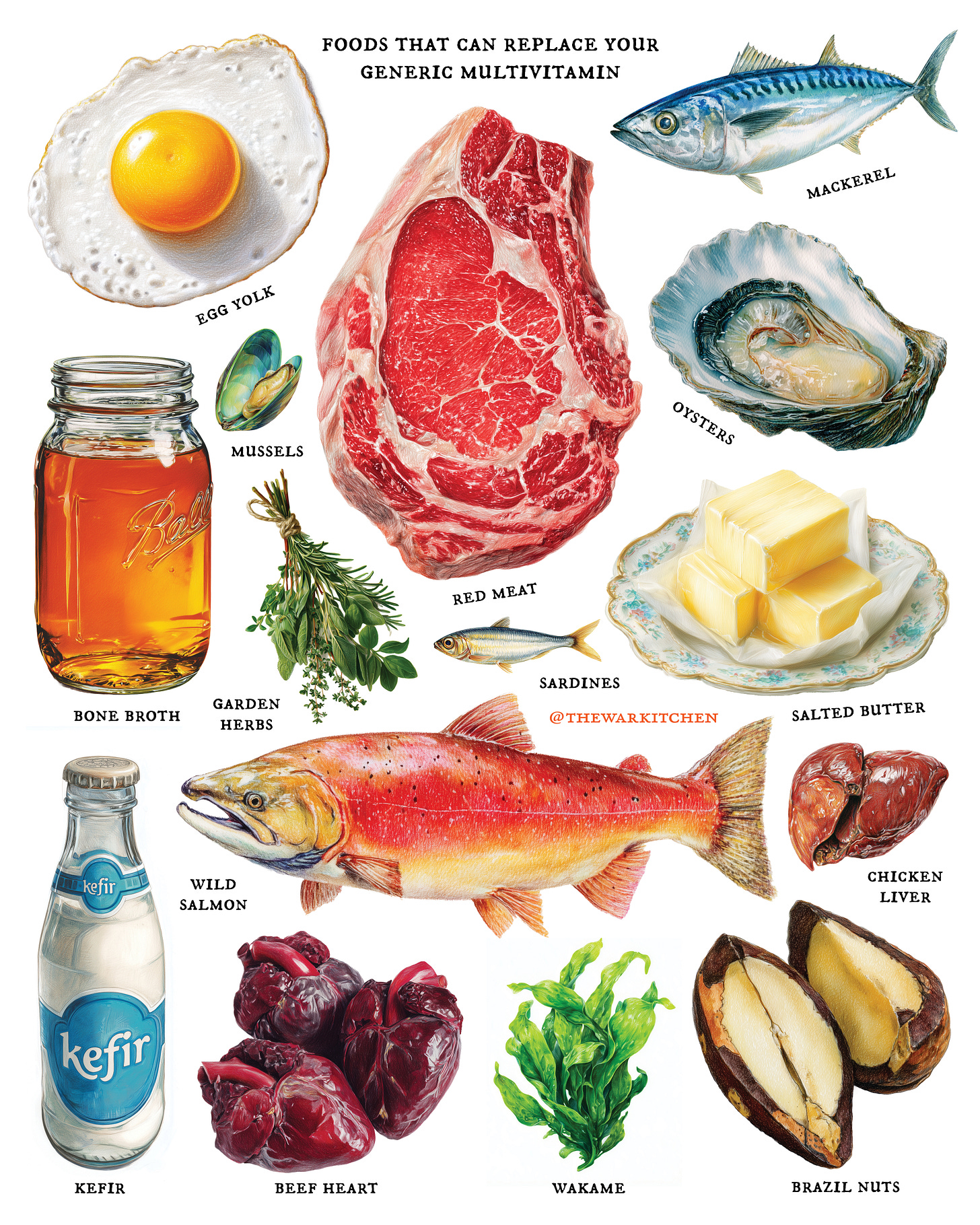
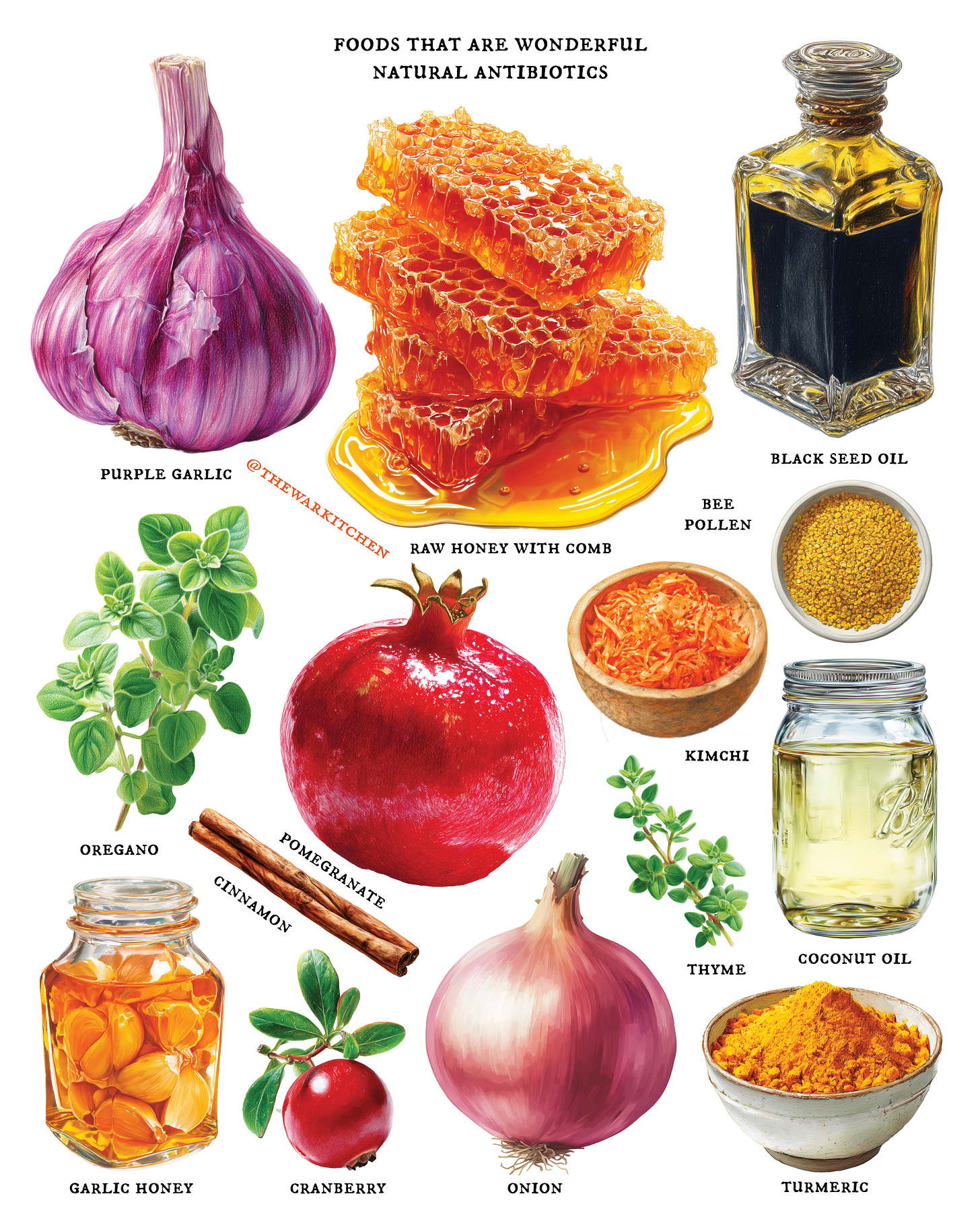




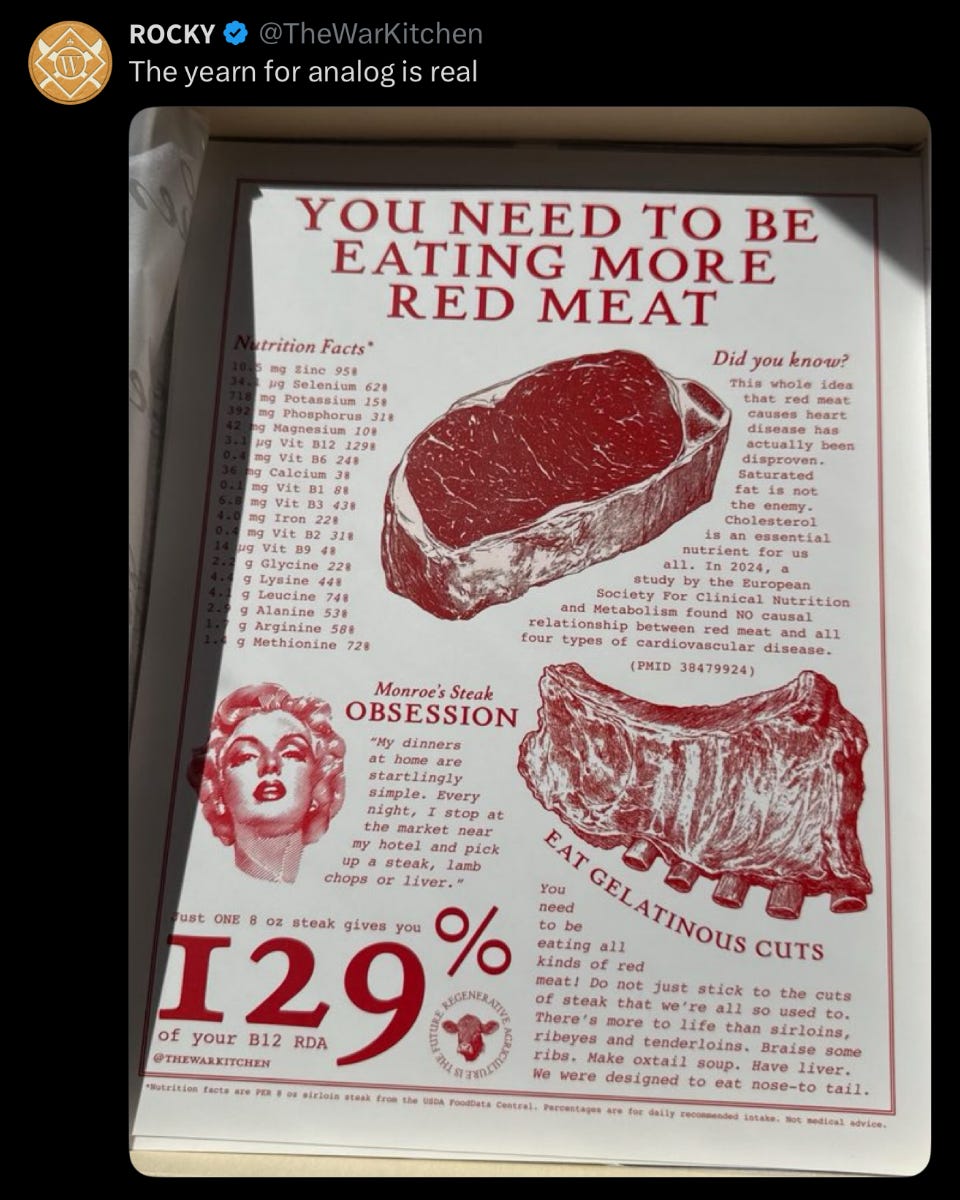
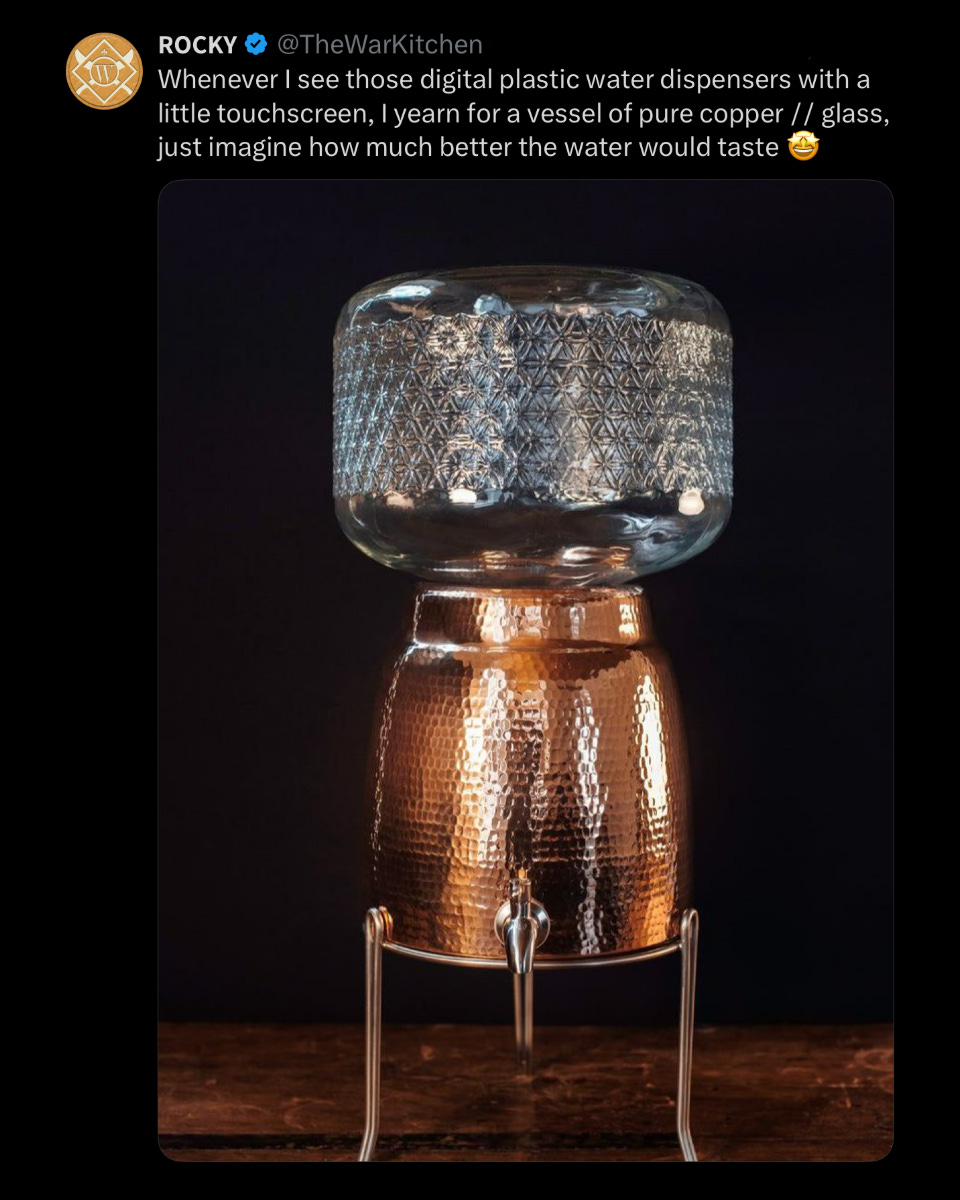
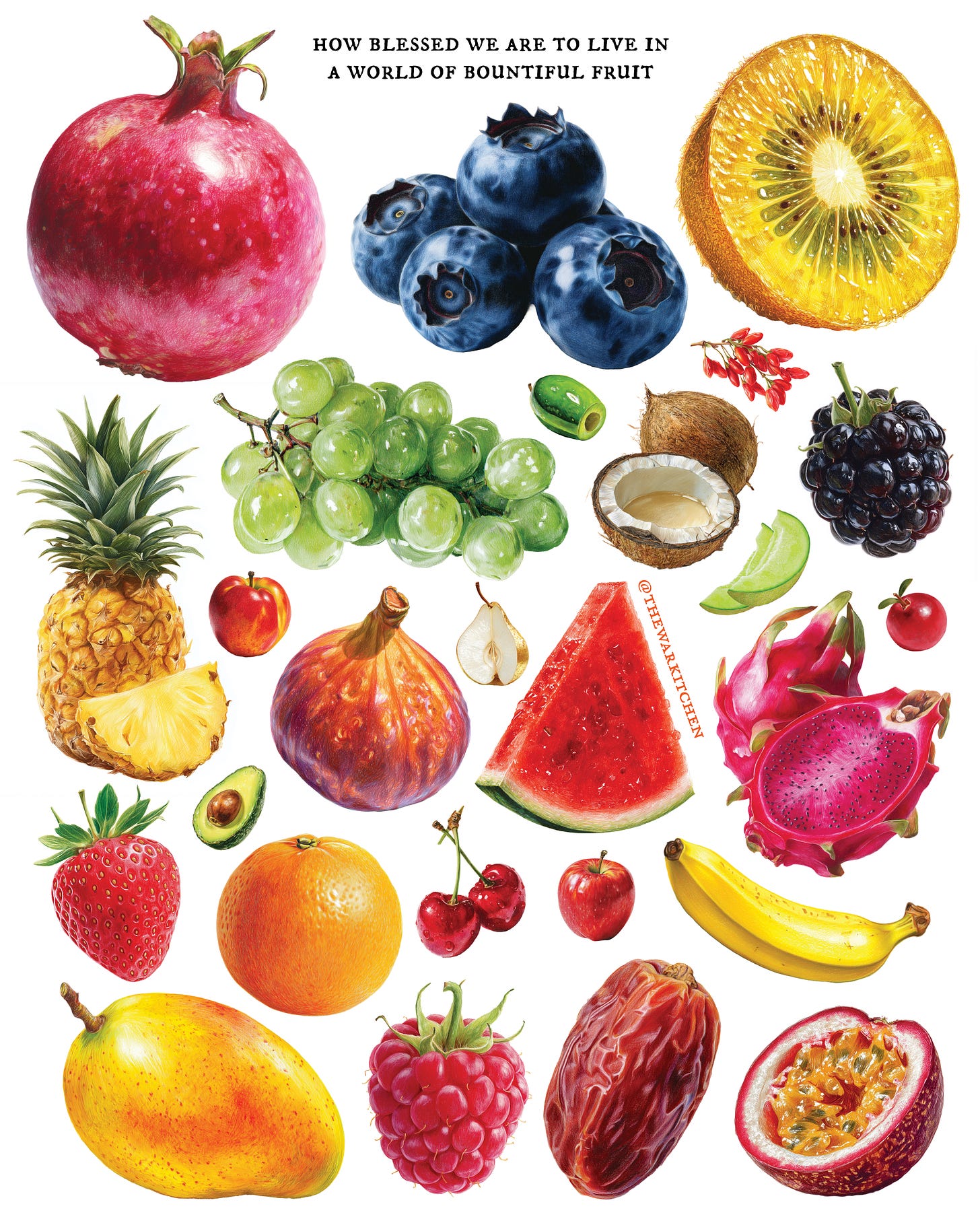

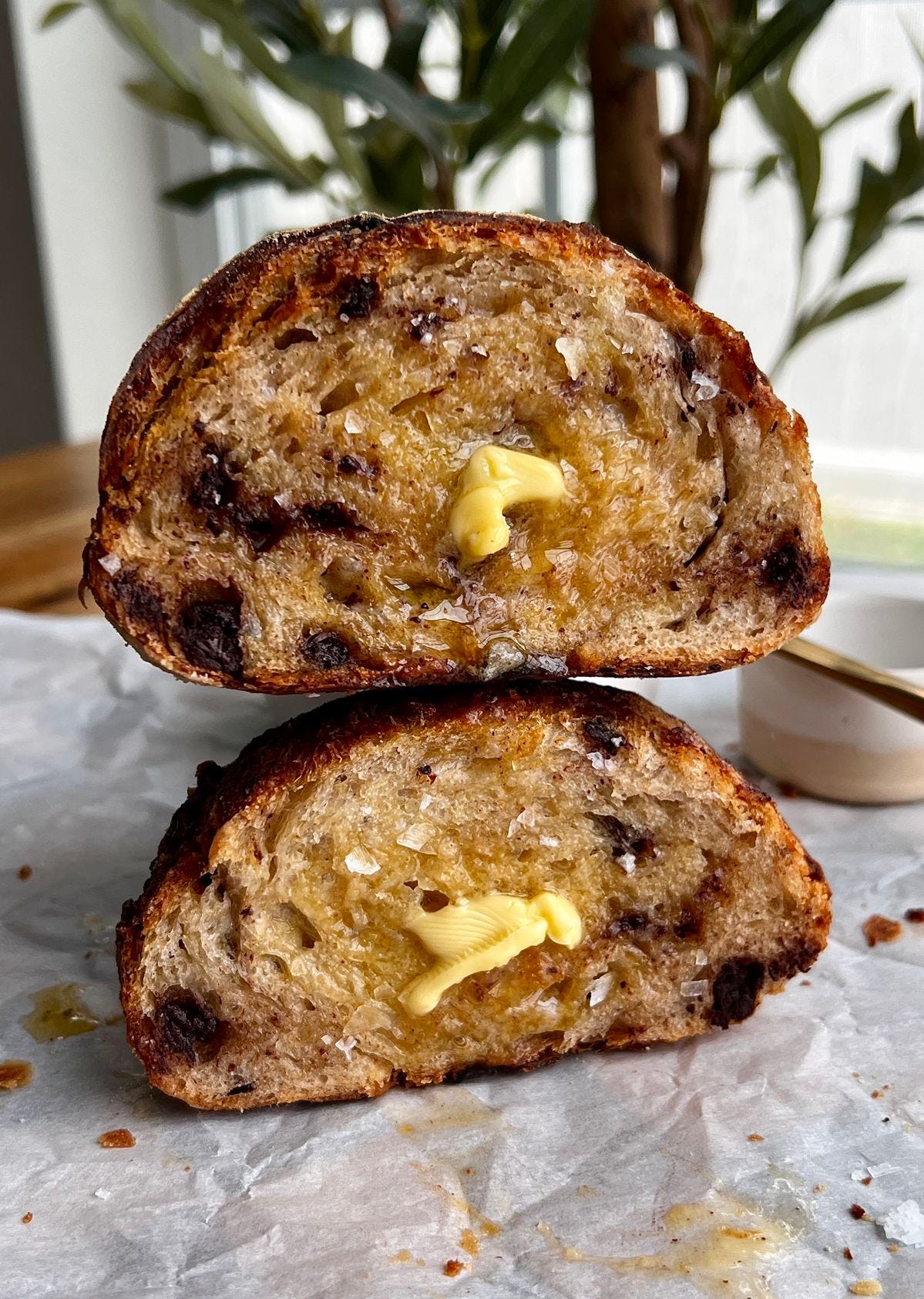
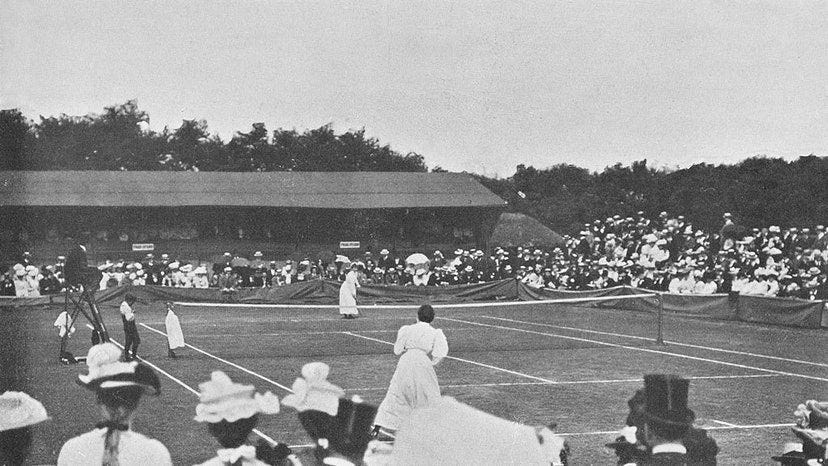
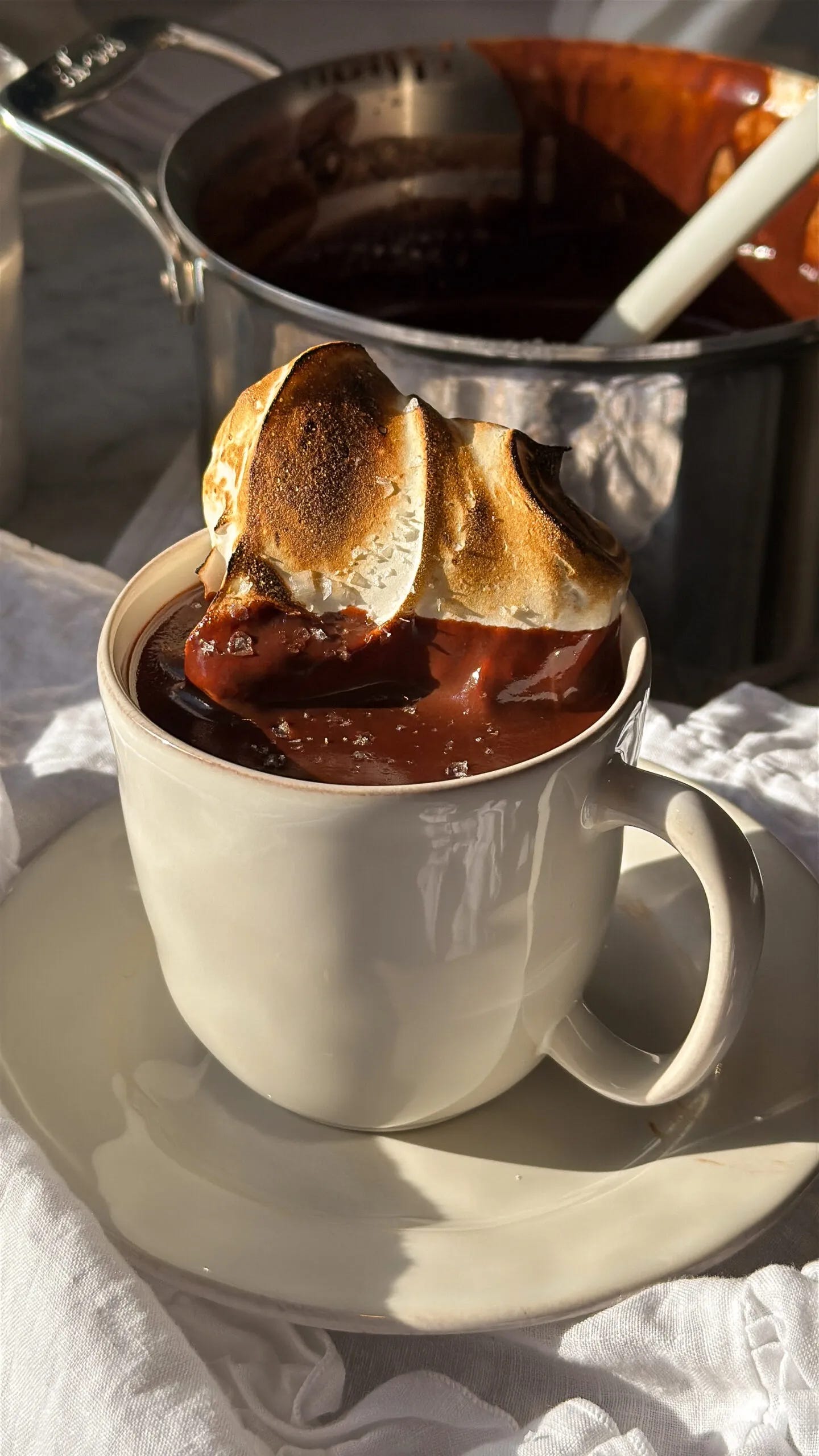
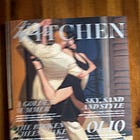
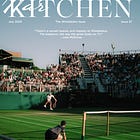


Michael Pollan’s quote sums up my view best: “Only eat foods your great-great grandmother would have recognized as sustenance.”
We received our fundamentals prints yesterday all the way out in Australia ❣️ they are beautiful! Now we are planning what to do with them. Some will of course be framed and put in the kitchen, perhaps rotated periodically? My children have chosen one each for their bedroom wall🥰